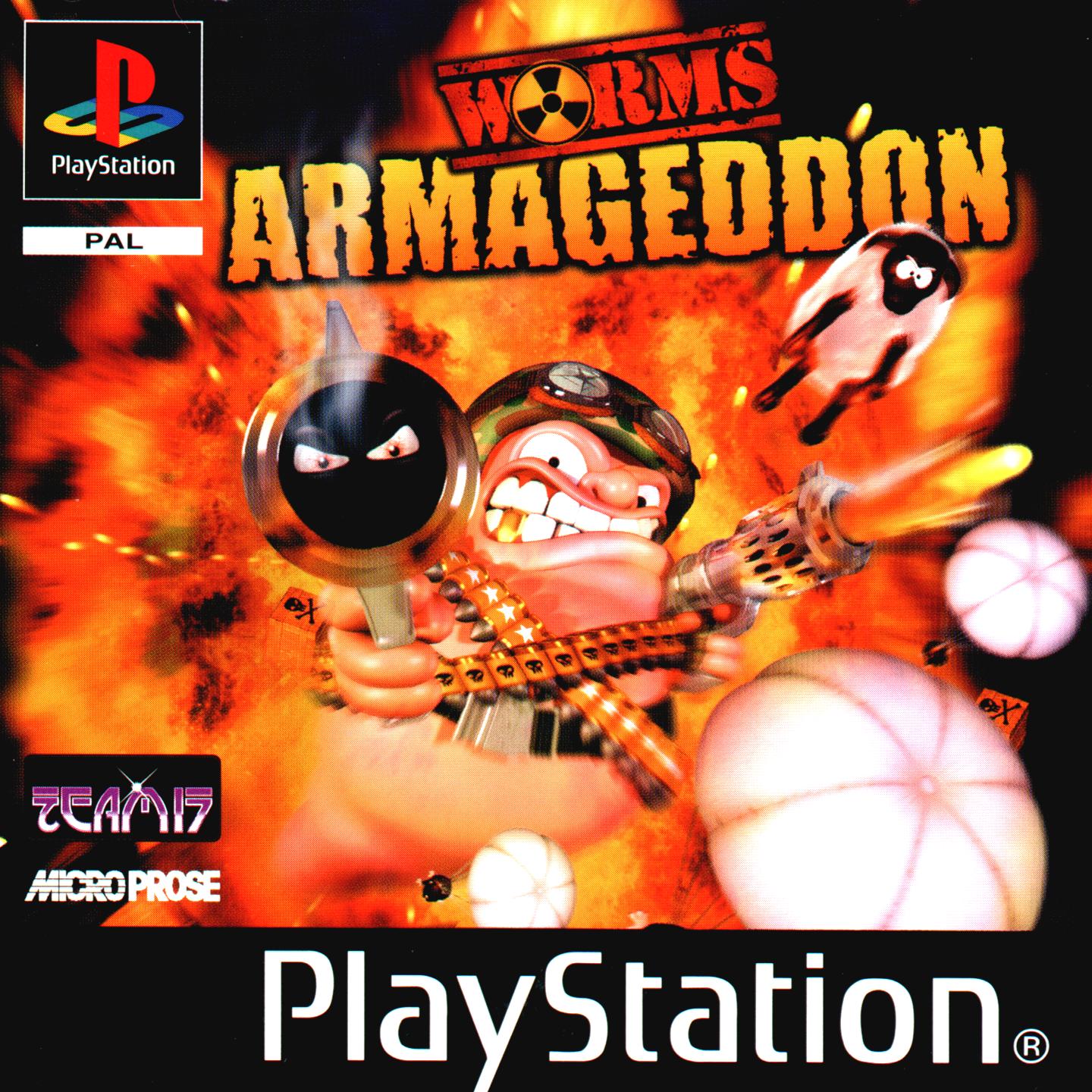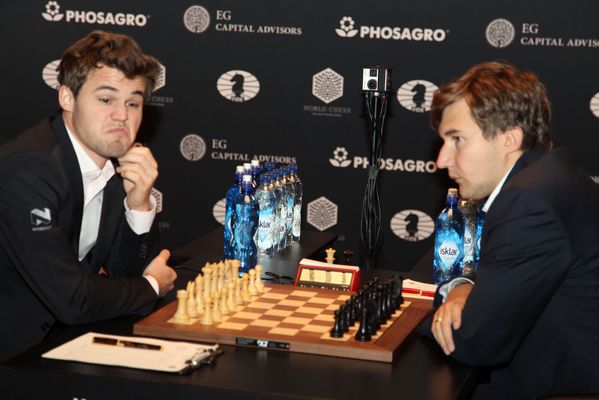TIEBREAKS – FORMAT AND OPINIONS
For the third time in the modern history, a World Championship match has been decided in the tiebreak format. After Kramnik – Topalov and Anand – Gelfand matches, Carlsen – Karjakin tiebreak continued to be lucky for the Champion.
First of all, I would like to take an opportunity to express my opinion about the tiebreak system used in this match. In case you don’t remember, this is the tiebreak system that was used:
- Four rapid games with 25 minutes and 10 seconds increment per move are played
- If the result after rapid is drawn, then additional ten games with 5 minutes and 3 seconds increment per move are played
- Finally, if the results is still drawn, a final Armaggedon game. White has 5 minutes and Black has 4 minutes. If the game is drawn, then Black is proclaimed the World Champion.
Naturally, it is easy to criticize, but I don’t like the possibility of the World Championship title being decided in a blitz game without increment. Because in such a short format, the chess is secondary, and it all comes down to pure gamble.

However, through the chess history many different match systems have been tried. And it is much easier to pinpoint the drawbacks, instead of positive sides, of every single format.
For instance, from the 1984 Kasparov – Karpov match it is rather well known that the unlimited match has very obvious drawback of having a potential of being trully… unlimited.
On the other hand, 24 games match system without tiebreaks, which allows the Champion to retain his title in the event of the drawn 12-12 results, also doesn’t seem entirely fair.
Therefore, I would like to paraphrase two great men here.
The first one is Churchill quote about democracy. That basically says that democracy is not perfect, but it is the best system SO FAR.
I think that playing the rapid chess as a tiebreak is good enough. Since players still have enough time for the quality of the games to be decent enough.
However, I have to agree with Nakamura’s viewpoint here.

I think that stretching the rapid games over a couple of days would allow more enjoyment for the spectators for a couple of reasons:
- Firstly, the quality of the games would be highly improved as there would be less fatigue.
- Secondly, time pressure in the rapid games still happens and suboptimal moves, leading to excitement happens. And yet, it is not THAT radical as in blitz games.
- Finally, by playing all games in one day, players aren’t entitled to having a bad day. It is probably true that bad days shouldn’t happen on such a high level, but it is precisely what happened to Karjakin. And it meant that all his previous efforts were in vain.
Additionaly, playing more games in a longer period of time would mean that lazy commentators such as myself wouldn’t be this late with their report 🙂

Everything said above is onlymy opinion. I would be happy to hear what the readers think and have to say, so feel free to share your thoughts below 🙂
Now let’s look at the analysis of the games.
(Hint: Click on any move, analysis or main, and the pop-up board will also appear)

